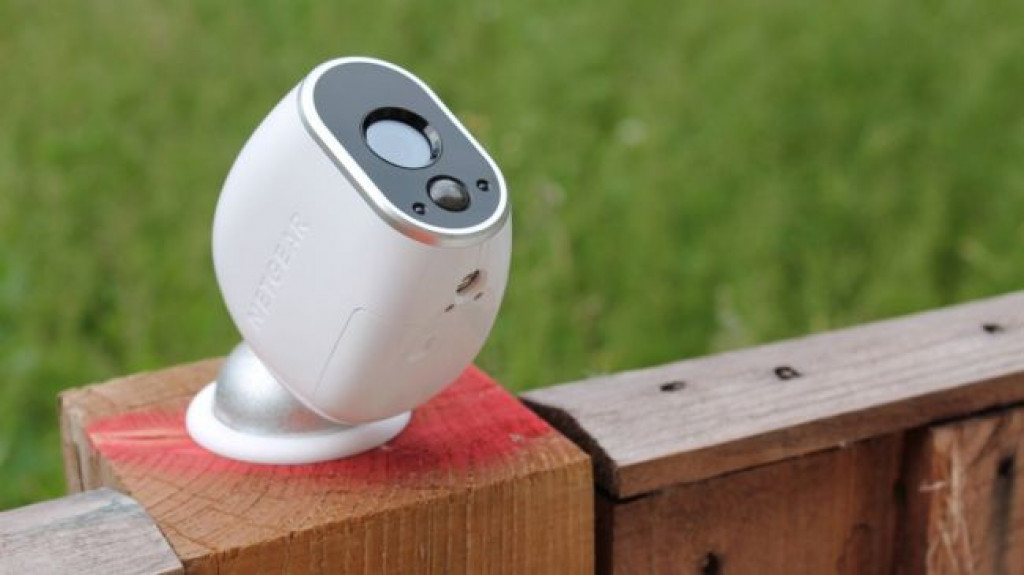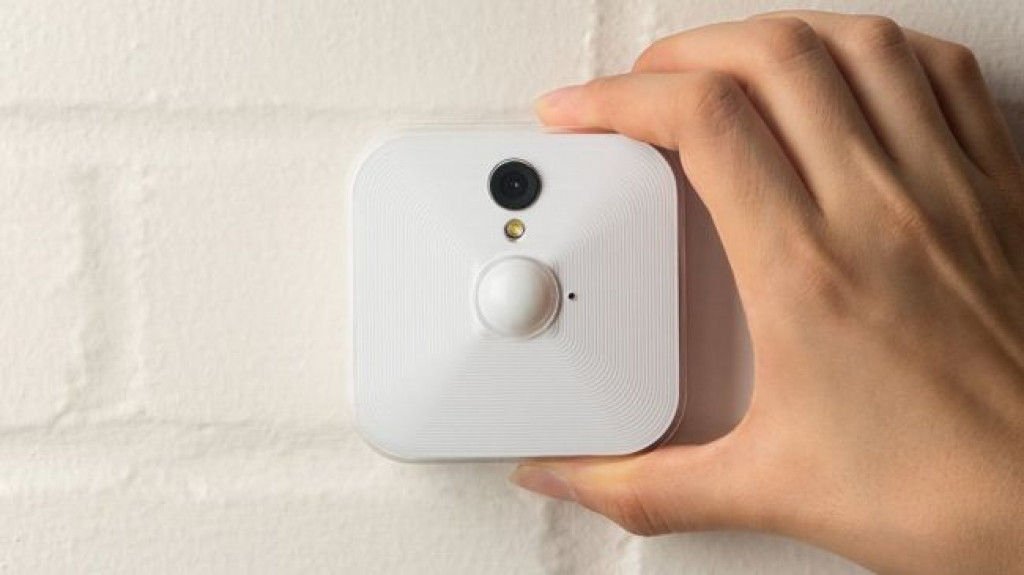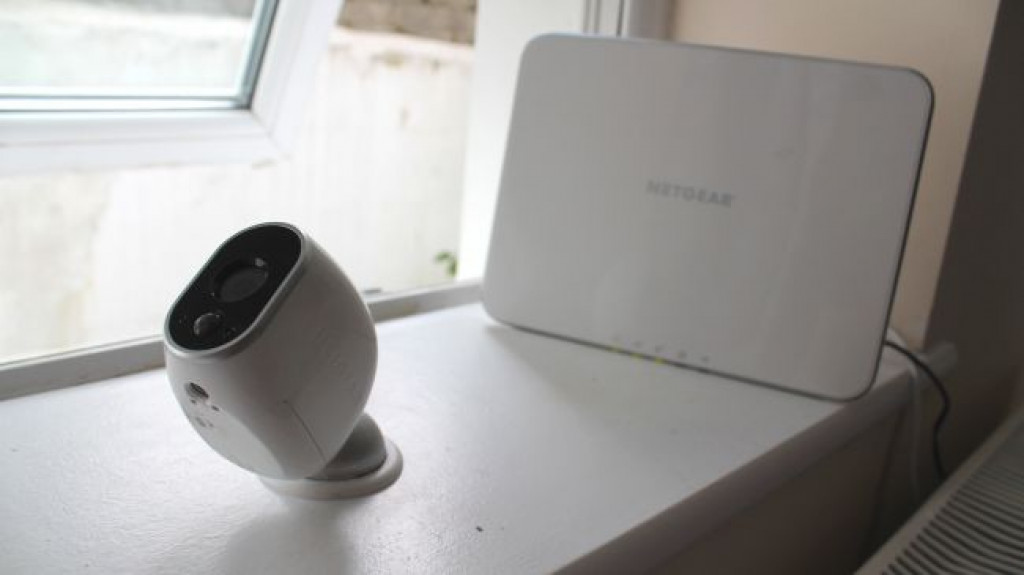
Blink or Arlo? That’s a question many will be asking, especially as Amazon Prime Day approaches, so we’ve created this guide to help you decided which is right for you.
Blink – a home security brand owned by Amazon – offers affordable, easy-to-fit surveillance cameras for indoors and out. For a relatively small outlay you can cover your home with motion-sensing cameras and access the footage or a live feed via an app on your smartphone. There’s no monthly fee and the cameras are powered by regular batteries.
Arlo is a direct competitor to Blink with a very similar motion-sensing camera system that also offers easy-to-install, battery operated cameras for inside and outside the home.
Arlo also offers basic functionality without a monthly fee, enabling you to check the cameras remotely on your smartphone. Arlo – owned by Netgear – is priced a little higher than Blink, but offers a wider device range and set of features.
Both systems are aimed at a wide audience looking for an entry-level security camera solution for the home. Let’s take a closer look at what sets them apart.
Blink vs Arlo: price
A single indoor camera system from Blink costs £79.99/$79.99 (around AU$145), and you can add additional cameras for £69.99/$69.99 (roughly AU$125) each, although you also have the option to buy a five-camera system for £289.99/$279.99 (around AU$525).
The Blink XT (or Blink XT2 if you’re in the US), is the brand’s outdoor weatherproof camera, and will cost you £99.99/$99.99 (around AU$180) for a single camera system, with additional cameras at £89.99/$89.99 (roughly AU$165) each,with a five-camera system for £399.99/$379.99 (around AU$725).
Note the Blink XT2 has replaced the standard XT in the US and is set to do the same in the UK later in 2019. The two are similar, but the XT2 offers some improvements, such as two-way audio and better battery life.

Blink systems come with a wireless hub, called a Blink Sync Module, and you can add up to ten cameras to each module. There are no monthly fees.
A single camera system from Arlo costs £129/$124/AU$287 for the cheapest entry-level camera, which can be used indoors or out, and you can add additional cameras for $74 / £80 (Australian availability appears limited).
A three-camera kit of the basic entry-level camera would cost you £278.99/$199 (around AU$500).
Arlo offers a much wider range of different cameras including higher quality pro versions, which are much more expensive and offer additional features. Arlo also offers security lights, doorbells, and even a special baby monitoring camera to be added into the security mix.

Arlo systems come with a wireless base station that connects your cameras and a basic plan is free, but only covers up to 5 cameras.
The base station can handle up to 15 cameras, but that requires a Premier subscription which is £6.49/$9.99/AU$12.99 per month for up to 10 cameras, or an Elite subscription which is £9.99/$14.99/AU$18.99 per month for up to 20 cameras.
These subscriptions also unlock extra features, detailed below, but if you have just one camera and want the extras you can get a basic Smart plan for £1.99/$2.99/AU$3.99 per month.
Blink vs Arlo: types of camera and equipment
While Blink keeps things relatively simple with indoor and outdoor cameras and some optional accessories, including mounts, Arlo offers a wide range of different cameras and other products.

Blink’s indoor camera has motion and temperature sensors, a built-in microphone, and records HD video at 720p. The outdoor, XT camera, adds infrared night vision, is weatherproof (IP65), and can record HD video at up to 1080p, though it will record 720p by default.
The Blink XT2 (only currently available in the US and Canada) adds two-way audio to the mix for chatting with people delivering things to you, or barking like a dog at intruders.
The models come with two AA lithium batteries that offer an estimated two year battery life – although the more advanced Blink XT2 will likely be hungrier on the juice.
The basic entry-level Netgear Arlo has motion sensors, is described as ‘weatherproof’, has infrared night vision, and records HD video at 720p. Each camera takes four Lithium CR123 batteries, which are supplied.
The Arlo Pro adds two-way audio and a 100-decibel siren, along with a wider viewing angle, USB drive support for local backups, and a rechargeable battery, though there’s also the option to plug it in.
However, the Arlo Pro is much more expensive at £239.99/$249.99/AU439 for a single camera system. The latest, Arlo Ultra, allows 4K recording, enhanced night vision, zooming and tracking, and more, but starts at £449.99/$399.99/AU$449 for a single camera option.
Blink vs Arlo: smart home features
As you’d expect for an Amazon company, the Blink cameras work with Alexa. This means you have the option of creating rules to hook your smart home devices together, meaning you could have motion detection in the cameras trigger lights to come on in your home.

Arlo is compatible with Alexa, but also with Google Home and Samsung SmartThings. This gives you more versatility and choice in how you integrate your security camera system. You could, for example, ask Google Assistant to show a live feed of your camera on your smart TV.
Arlo also offers its own Arlo Security Light and doorbell for use within your security network.
Blink vs Arlo: app features
With Blink cameras you’ll need the Blink Home Monitor app for Android or iOS. The app allows you to customize your camera settings, so you can determine the sensitivity of the motion sensor, choose the length of clips it should record (these are five seconds by default), and set a schedule.
The app will alert you when motion is detected, and you can review the recorded clip on your phone. You can also choose to tune in to the live feed, but you can’t record when watching live and it will throw up a prompt every 60 seconds to ask if you’re still watching.
The maximum length of clip you can record is 60 seconds, and you have a total of 7,200 seconds of video storage space. When that limit is reached the new footage will overwrite the old.
With Arlo cameras you’ll need the Arlo app for Android or iOS. It enables you, primarily, to check the battery level, change video settings and set up notifications. You can also review any recorded clips. The free basic plan gives you 7 days of cloud recordings, but only 1GB of storage space.
If you choose one of the subscription plans, you get the Arlo’s smart features which include more sophisticated alerts, person, package, vehicle, or animal detection, and the ability to set zones where your camera should ignore movement to reduce false positives.
The Premier plan also extends cloud recordings to 30 days, while the Elite plan bumps it up to the last 60 days.
Blink vs Arlo: which is right for you?
Blink is a basic, affordable camera system with no ongoing running costs beyond the batteries, which makes it an attractive option for anyone looking to dip a toe into home security cameras.
Both systems are very easy for the average homeowner to install and use, but Arlo is potentially much more sophisticated with a range of different devices, software smarts, and greater smart home integration.
However, to get the most from Arlo you’ll need to go for a monthly subscription on top of the already higher initial outlay for the hardware, so would suit someone looking for a wider range of control as well as a varying degree of needs around the home when it comes to automation and monitoring.
Source: techradar.com









































